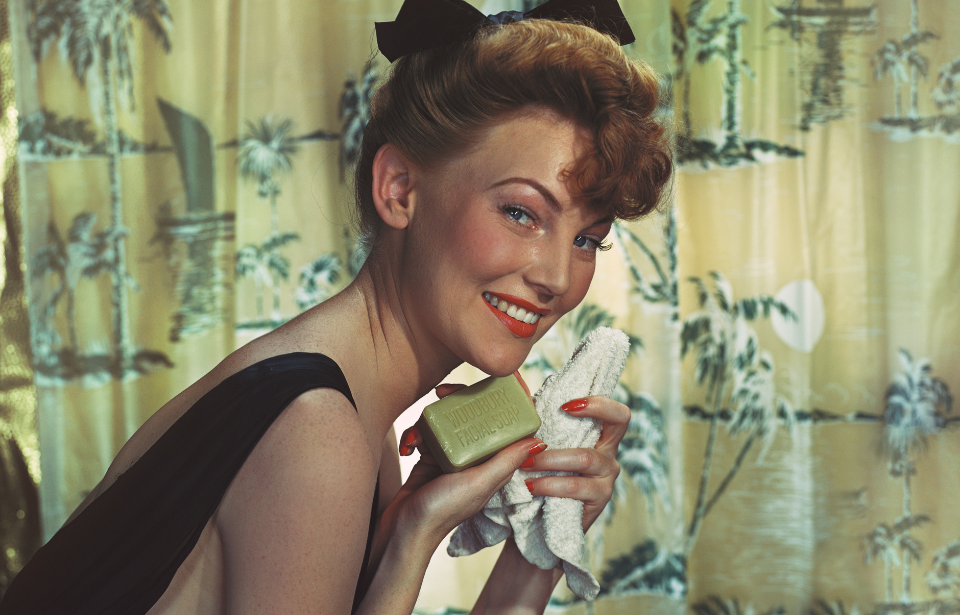Hygiene practices have evolved greatly over time, with advancements in technology, medicine, and knowledge. Some old hygiene practices that were once considered effective in promoting cleanliness are no longer used today due to their inefficacy, harmfulness, or just general impracticality. From using urine as a disinfectant to taking communal baths, these practices are a reminder of how far we’ve come in our understanding of hygiene and healthcare, and we should all be thankful.
Toilet paper was not always a thing
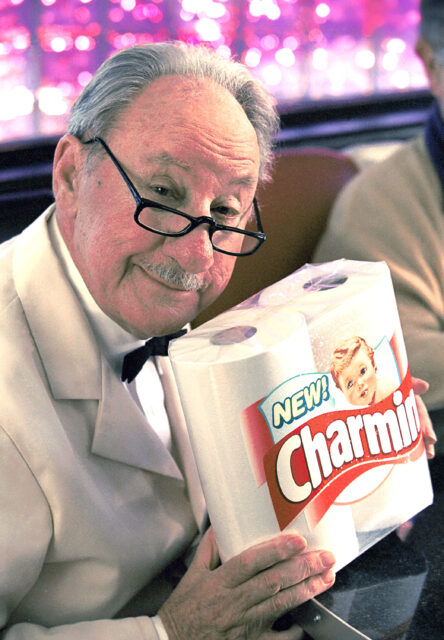
Although toilet paper is a household staple now, it is actually a pretty recent product – maybe even more recent than you think. Although there are records indicating that paper was being used in China as far back as the 6th century, the absorbent paper dedicated to wiping oneself in the bathroom was only introduced to the Western world in 1857, when Joseph Gayetty marketed a “Medicated Paper, for the Water-Closet.”
Before this, people were pretty creative about what they used to clean themselves. Rags and wet cloths may be the more obvious choices, but others resorted to using seashells and animal furs, sponges on a stick, leaves, and even their own hands.
Bathwater was shared among families
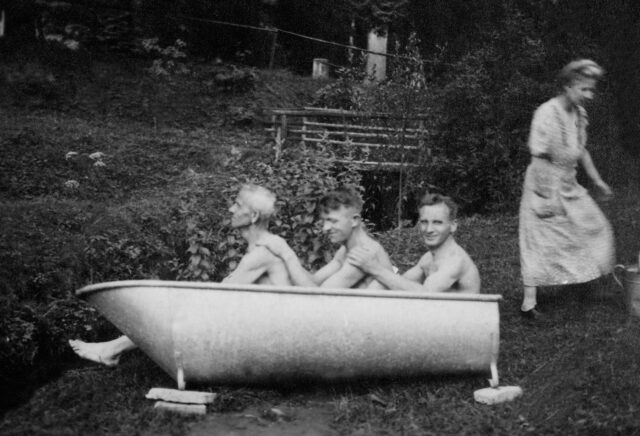
Depending on your financial situation, you might have had to share bathwater with the rest of your family members. The wealthy had the means to run new baths every day if they liked, as well as have them heated, but others were not so fortunate. Baths in poor households were taken about once a month in the 1700s, meaning the entire family spent the month racking up dirt and grime.
When it was time for everyone to bathe, it began with the father and any other older males, then proceeded down the line to the wife/mother, then the children from oldest to youngest. The youngest person in the family had to bathe in the nastiest water, which might be where the expression “Don’t throw the baby out with the bathwater” originated.
Flowers helped to hide smells
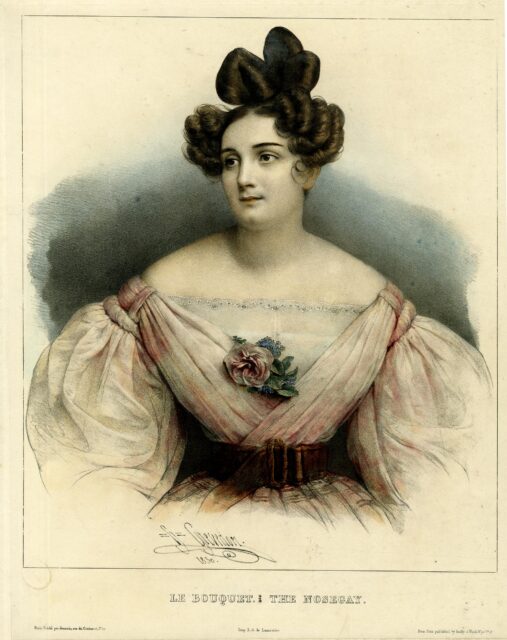
In the days before deodorant and more frequent bathing, we can only imagine how smelly areas that were densely populated with people could get, especially in the heat of summer. To try and keep one’s own odors at bay, people would often carry around a “nosegay,” which is a small bundle of flowers or herbs. Held in their hand, pinned to their clothes, or just tied to their wrist, nosegays helped to mask the smell of body odor, or at least mask the smells of other odors around the person wearing it.
It’s even been suggested that brides held flower bouquets to help mask their own smells if their wedding took place too long after they’d taken a bath, giving way to the tradition for modern brides.
Women washed their faces with urine
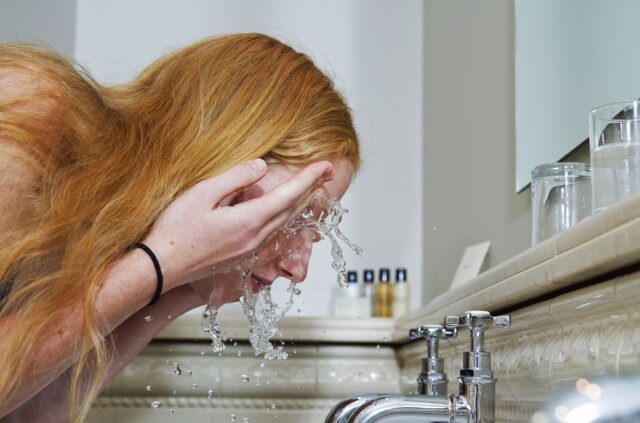
When it comes to looks, some women are willing to do anything to maintain their beauty. The same does for back in the day – especially when women were collecting urine to wash their faces.
Women were advised by surgeons of the Elizabethan era to wash their faces with “strong vinegar, milk and the urine of a boy.” Many were confident in the anti-septic qualities of urine, hoping it would keep the face clear of any spots or marks. Additionally, they believed that urine had firming abilities that helped keep a youthful appearance.
Urine was used to clean other things, too
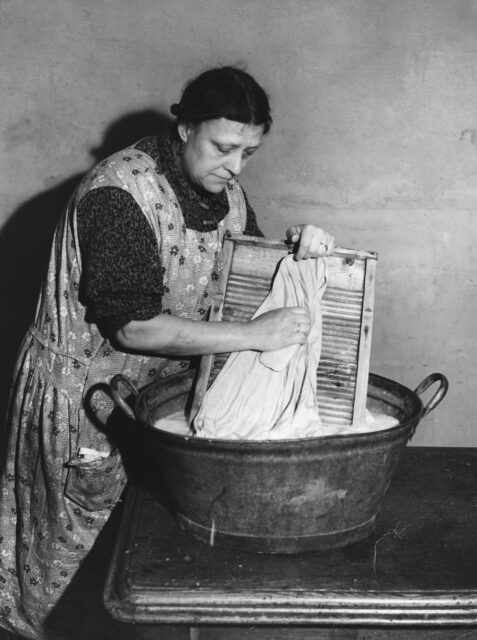
People of the past used urine for other things as well. While wealthy families had the luxury of changing their clothes daily, most people were poor and had to wear the same outfit for an entire season. This meant not washing them very regularly.
After having spent upwards of a month in the same unwashed clothes, it took something strong to get them clean. Again, believing in its anti-septic properties, urine was used as a detergent when washing clothes. It was also used as mouthwash, but that’s a whole other can of worms.
Toothpaste was pretty nasty
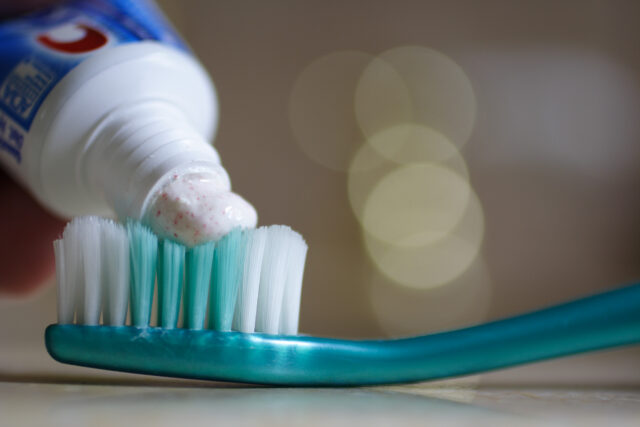
If urine as mouthwash makes you queasy, you won’t want to hear what people of the past were using as toothpaste. The first toothpaste is believed to have been created by the Ancient Egyptians as far back as 3,000-5000 BC. It was made from powdered ashes from oxen hooves, egg shells, and other ingredients mixed with water. The Ancient Greek and Roman versions of toothpaste were not much better, with the former using crushed oyster shells and the latter believed to have used pureed mouse brains.
In the Middle Ages, toothpaste was made from herbs and spices, which probably made it a little more palatable, but minty fresh toothpaste as we know it didn’t make its debut until the mid-1870s.
Lysol was a feminine hygiene product
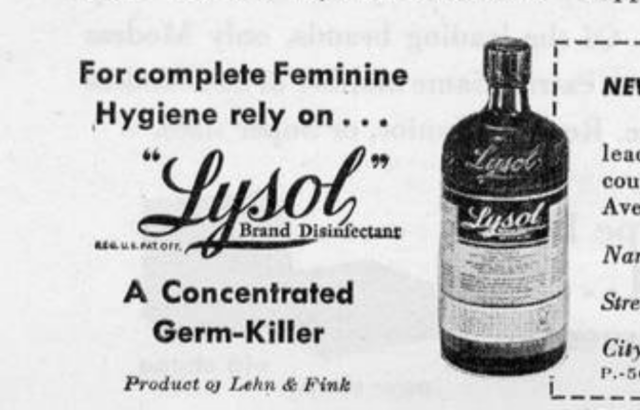
Today, Lysol is known for its cleaning products, which remove 99.9% of germs and bacteria. However, there was a time during the early 20th century when it was marketed as a “female hygiene” product. Lysol became a highly effective agent against the Spanish flu pandemic of 1918 but afterward tried to rebrand. Ads featured a woman claiming, “I use Lysol always for douching,” and it was also used as a contraceptive.
As you can expect, women began experiencing inflammation and burning, and some even died from using it in such a sensitive area. Lysol ended up being shunned by the medical community as a female hygiene product but is still a strong disinfectant for other purposes.
Men rubbed chicken feces on their bald heads
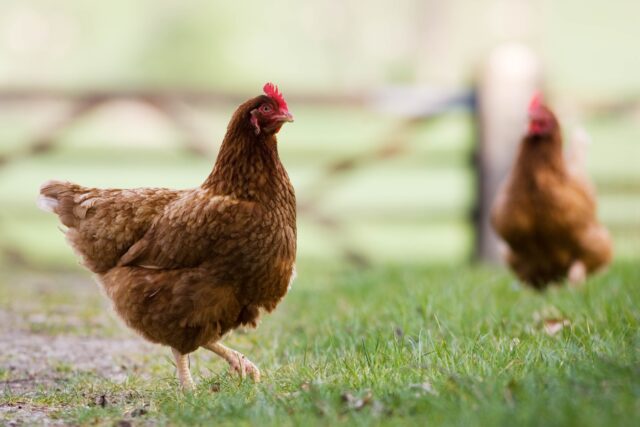
Women haven’t been the only ones concerned with their physical appearance over the ages. In fact, men suffering from baldness have used some strange methods in an effort to regrow their hair.
More from us: Life In A Medieval Castle Was Gross. Actually, It Was Grosser Than You Think.
One recommendation was to “Take the ashes of Culver-dung in Lye, and wash the head therewith.” Culver dung is translated as chicken feces, meaning that men were spreading a mixture of animal excrement on their heads. Unfortunately, it likely didn’t work, as lye is a strong, poisonous alkaline solution that would overpower any possible hair regrowth benefits that chicken feces may have.
Share your thoughts in the comments section below!
